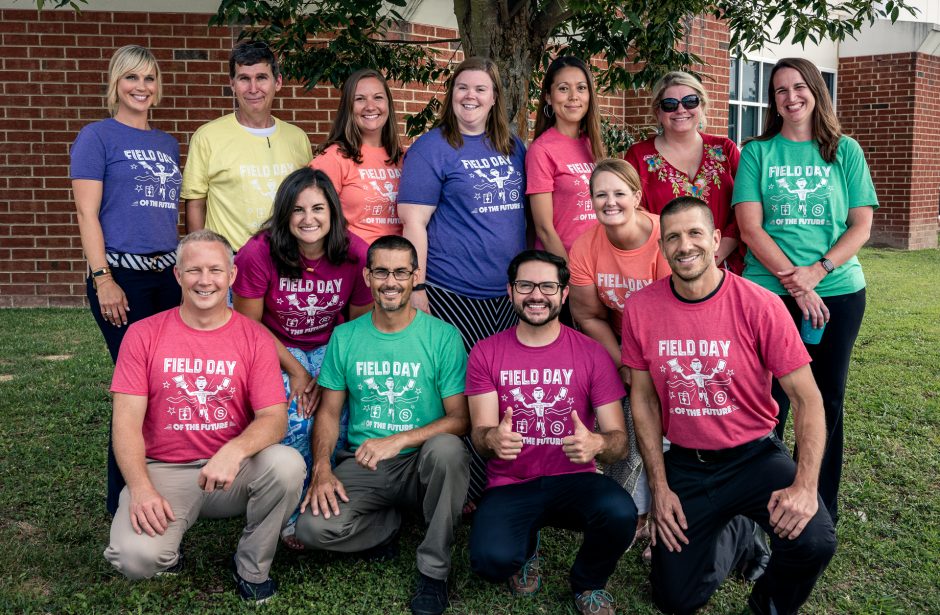I had a teacher contact me shortly after I had seen Julie Smith’s post about creating Ocean Floor Thinglinks with a 5th grade class. The teacher loved the idea of creating the thinglinks, but she also wanted to incorporate her student’s voices so they could talk about the different areas of the ocean floor.
To begin, the students collaboratively conducted research on a google doc created by the teacher. The students looked through books, magazines, Google Ocean tours, OneSearch, and a variety of web links to gather information with their partner or small group. After research was conducted, the students labeled a picture of the ocean floor that we used from Britannica’s Image Quest. The teacher and I started the Thinglinks by uploading the picture of the ocean floor and setting the sharing permissions so that anyone with the link could edit. We created 7 separate ThingLinks for each of the groups to have their own to work from.
After the parts of the ocean floor were labeled on the ThingLinks, the students used Tellagami on the iPads to record an explanation of the different features on the ocean floor. The students uploaded the finished recordings to their groups folder in Dropbox on the iPad. The teacher and I helped the students link up their videos to the points labeled on their ThingLink ocean floor map. The finished products were great, but the powerful part of this lesson was how students interacted throughout the process. Students who normally were very reserved and took a back seat in a group were now stepping up as leaders and delegating to get the job done! The students were provided with enough freedom that they had to figure out how to manage their groups to get the task completed. Without being directed to do so, several groups started making notecards or typing in their research doc to create a script that they could read from while recording in their Tellagami. It was a true example of student collaboration! Check out their finished ThingLinks…


